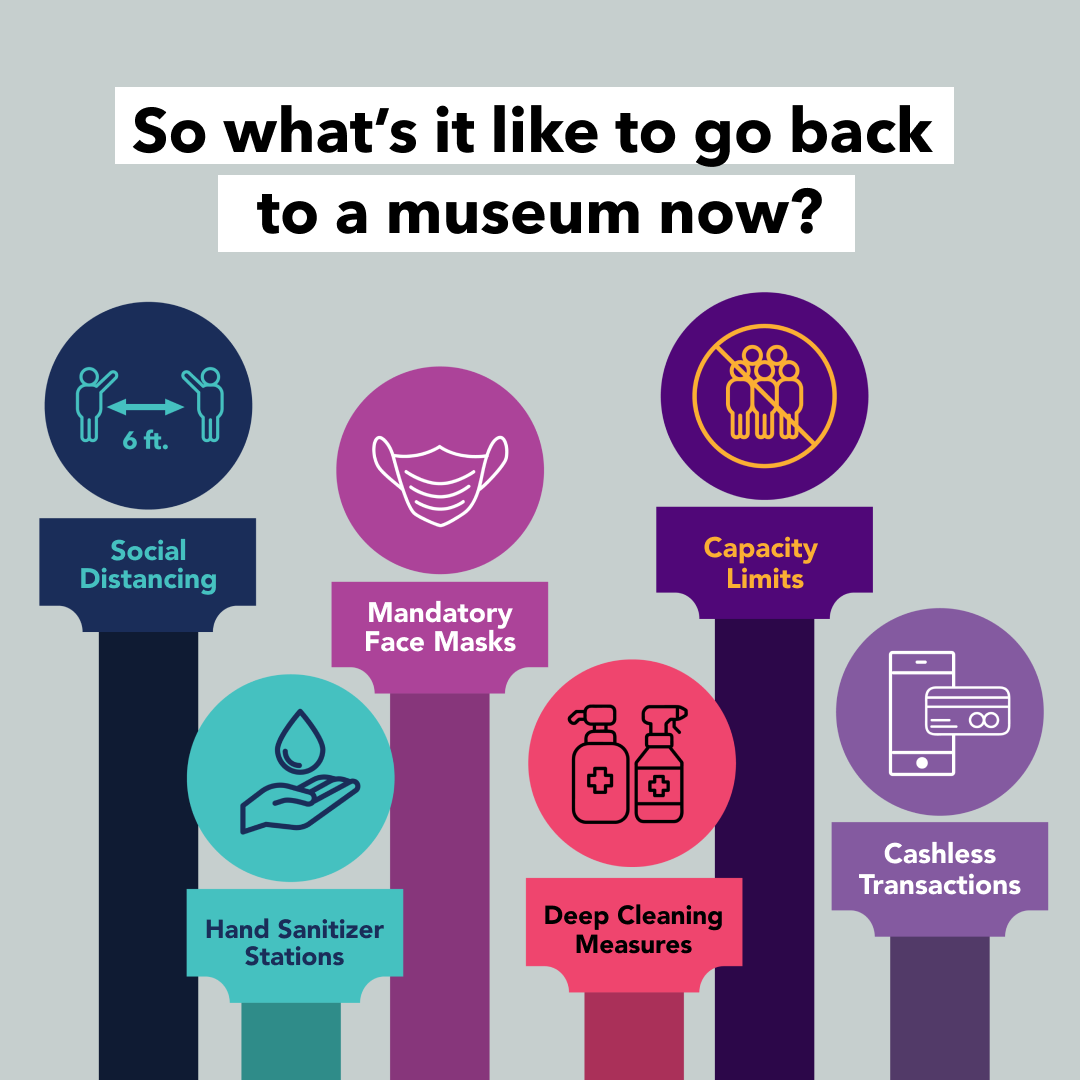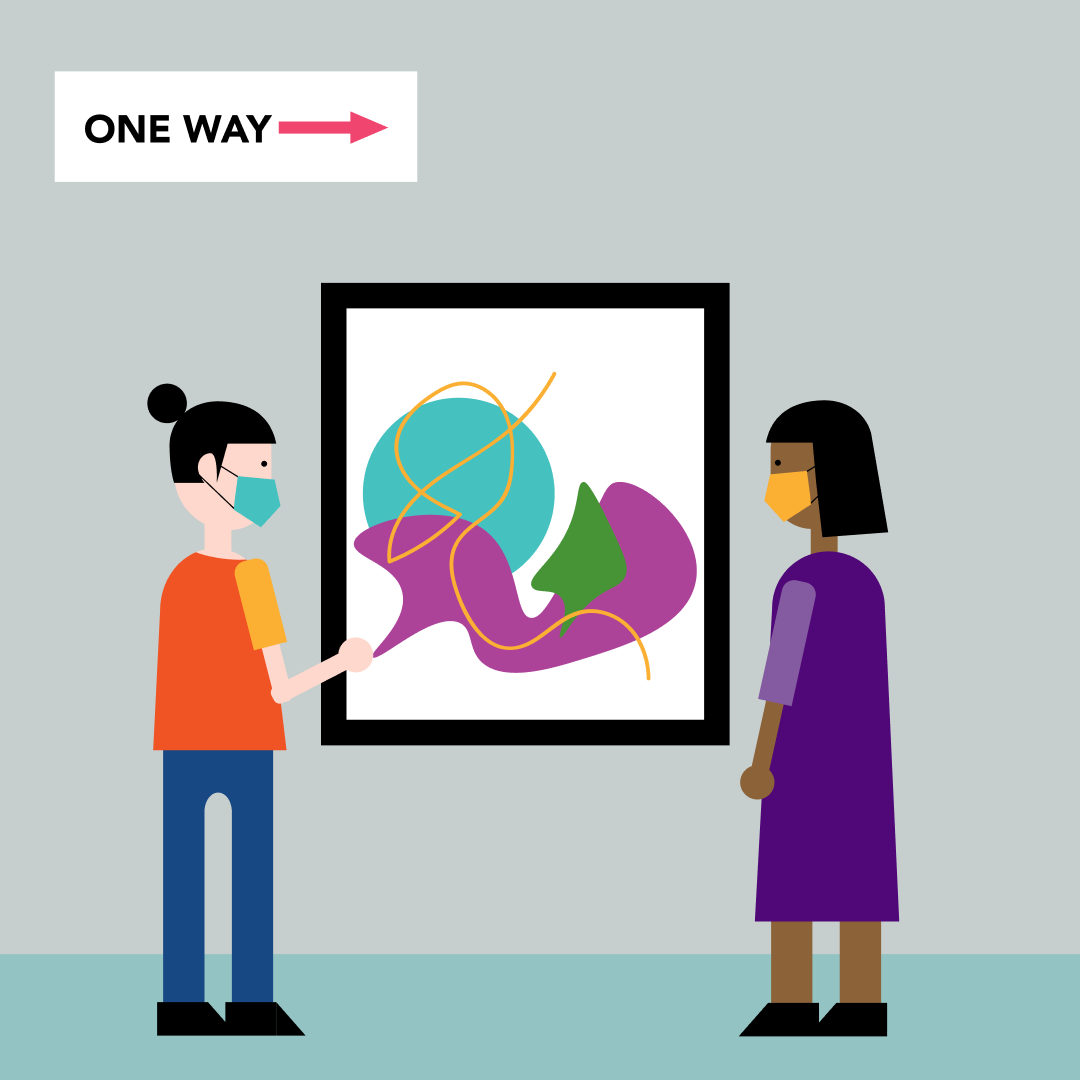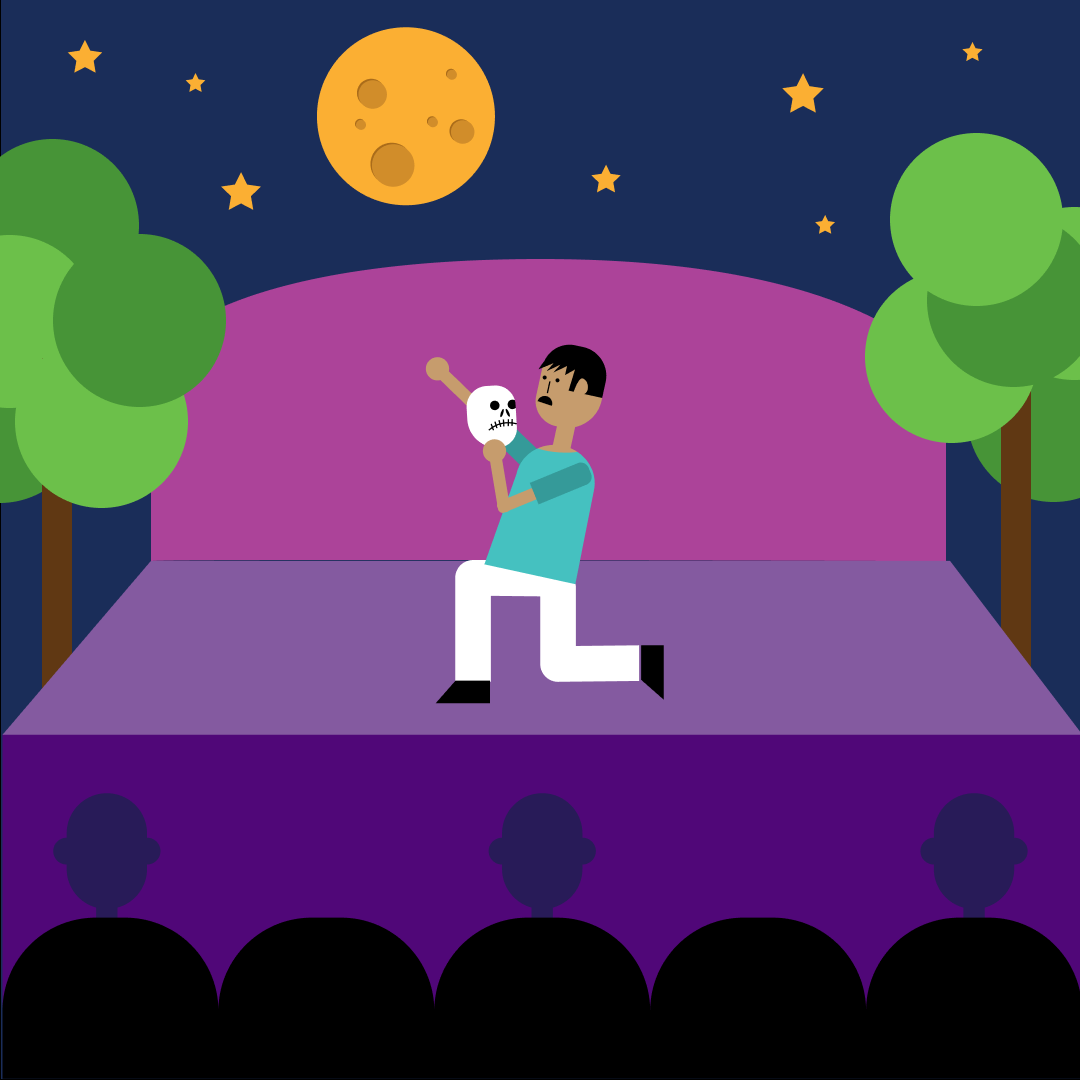Reopening Culture During the Pandemic

By the Bloomberg Philanthropies Arts Team
This spring, cultural spaces across the country closed their doors to help slow the spread of COVID-19. It was an essential move to safeguard the public’s health but it also has put many cultural institutions in precarious economic circumstances. Over the past several months, institutions have thought creatively about how they might continue to offer their programming during the pandemic while the importance of arts and culture to our wellbeing and our local economies has come into sharper focus.

The arts are a critical component of quality of life, wellbeing, and mental health, which is even more true during these challenging times. A research team at the University College of London (UCL) recently found that UK residents who have engaged in arts activities 30 minutes per day during quarantine have had lower rates of anxiety and depression and greater life satisfaction. Even pre-COVID, the UCL team’s research showed that lifelong arts participation is associated with better mental health, lower risk of depression, reduced loneliness, and reduced engagement in adverse health behaviors. Bloomberg Philanthropies is supporting a similar project in the United States, the EpiArts Lab, over the next two years.
In addition to contributing to social wellbeing, culture is a significant driver of economic activity in the United States. In 2017, arts and culture contributed $878 billion to the economy – or 4.5 percent of the total GDP – more than construction, transportation, tourism, or agriculture. The creative sector also employed over five million salaried workers, with earnings of more than $405 billion. A safe reopening of the sector will re-engage this crucial slice of local economies.
As the crisis has evolved, some cities and states have begun to allow some venues to reopen – New York City museums began reopening just this week – with health precautions in place. Arts institutions across the country are rising to the challenge, employing nimble and thoughtful practices for offering vibrant cultural experiences while keeping visitors and staff safe.
As institutions determine if and how they might reopen safely, different kinds of spaces have different considerations to address. There is no one-size-fits-all approach to reopening cultural institutions. Venues that are primarily outdoors have fewer concerns about airflow than indoor spaces. Exhibition-based institutions can allow greater freedom of movement for visitors than at venues with fixed seating, making it easier to socially distance. Some performances may have challenges with artists wearing masks and physically distancing from each other – as well as with reconfiguring audience seating. For some institutions, reopening with reduced attendance may just not be financially viable.
There are many different approaches to addressing these various considerations. Several arts professional networks, cultural advocates, and universities have produced specific guidance for museums, theaters, and small music venues, and many institutions have used these recommendations as the basis for their own reopening plans.

In addition to the standard safety measures pictured above, organizations are including adaptations that reflect a commitment to public health in the context of their unique spaces, experiences and assets:

The Boston Museum of Science is requiring visitors to purchase timed tickets in advance, limiting some interactive elements, and putting in one-way routes. The 9/11 Memorial and Museum in NYC has opened its outdoor memorial and asks visitors to sanitize their hands when touching the name panels. Atlanta Contemporary upgraded their HVAC system with ionization technology to eliminate viruses and bacteria in the air stream.

Some institutions have moved their activities outdoors, offering performances in parks, drive-in movies, and outdoor exhibits. Others are building up their digital offerings, ranging from archived performance to developing new virtual classes for adults and kids alike.
The creative sector that is so critical to our wellbeing is here with open arms – and it needs support. So, look up your favorite local institutions and see what they have to offer. Though aspects of your visit may be a bit different, you’ll still find extraordinary experiences that bring sorely needed inspiration and delight during this difficult time.
Interested in learning how cities are supporting their cultural sectors during COVID?
- Podcast: How Cities Are Supporting Arts & Culture During COVID-19
- Resource for cities: Reopening the Cultural Sector in U.S. Cities